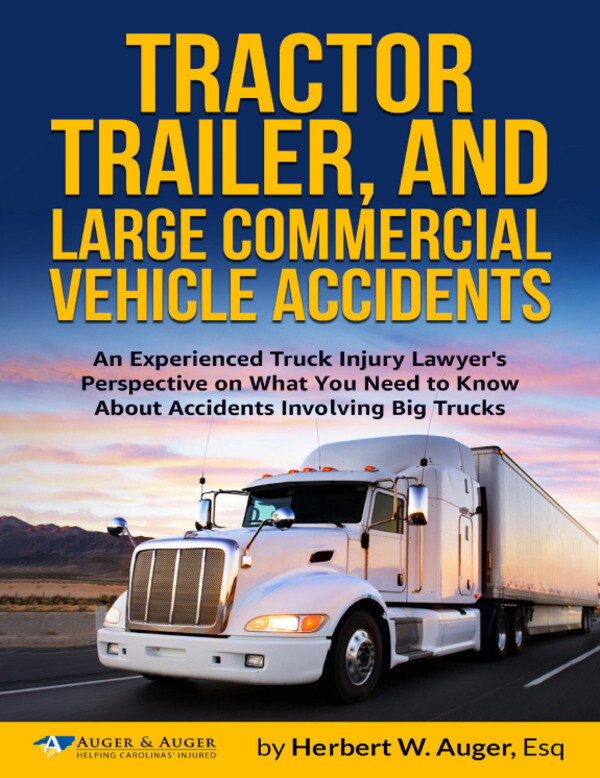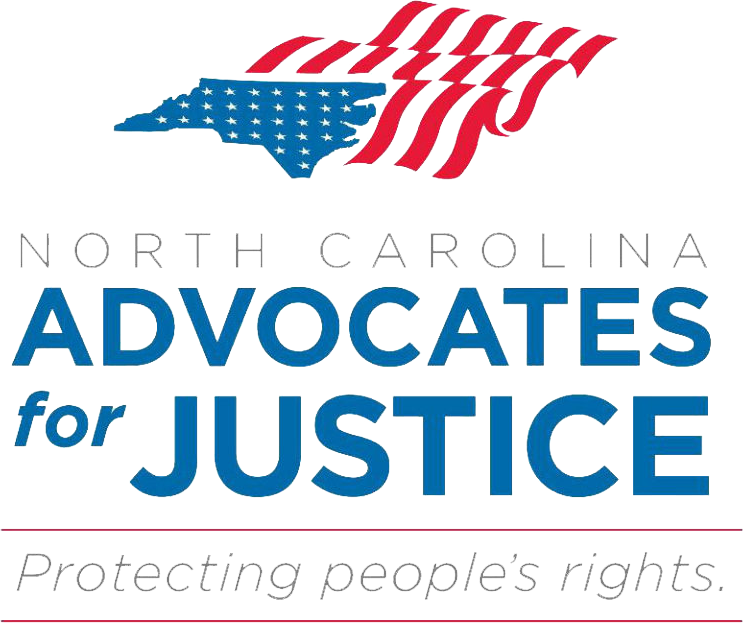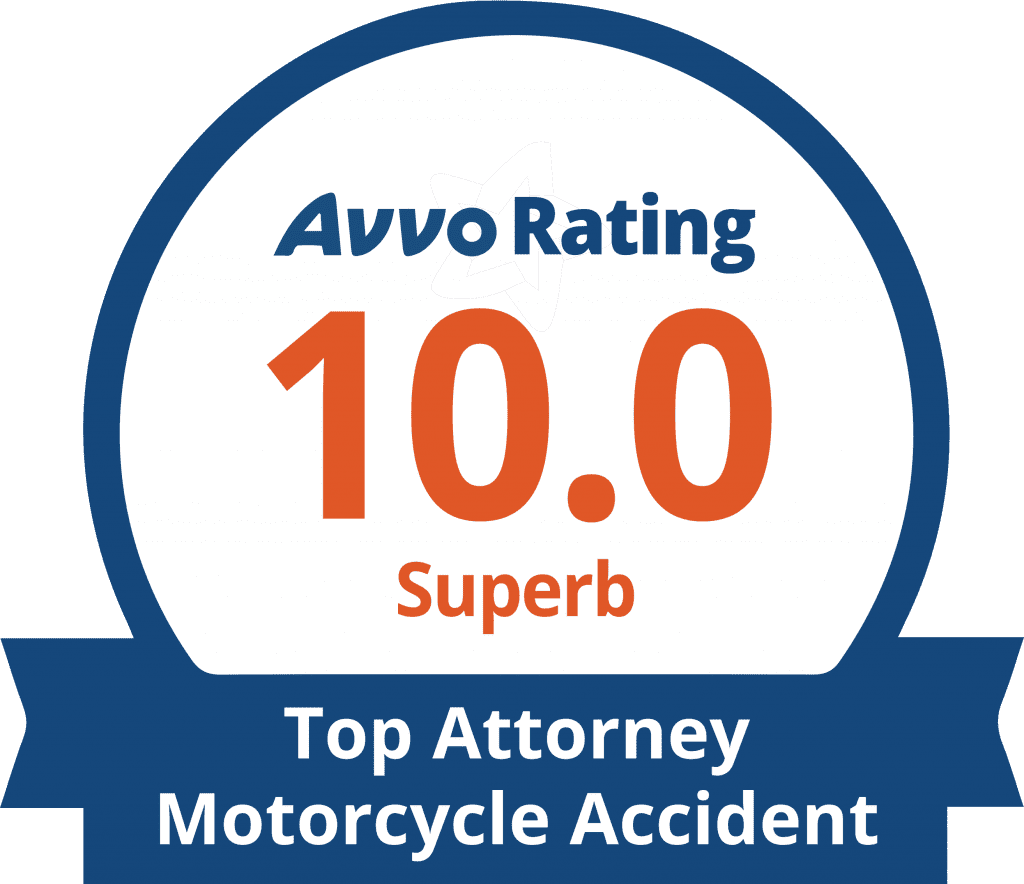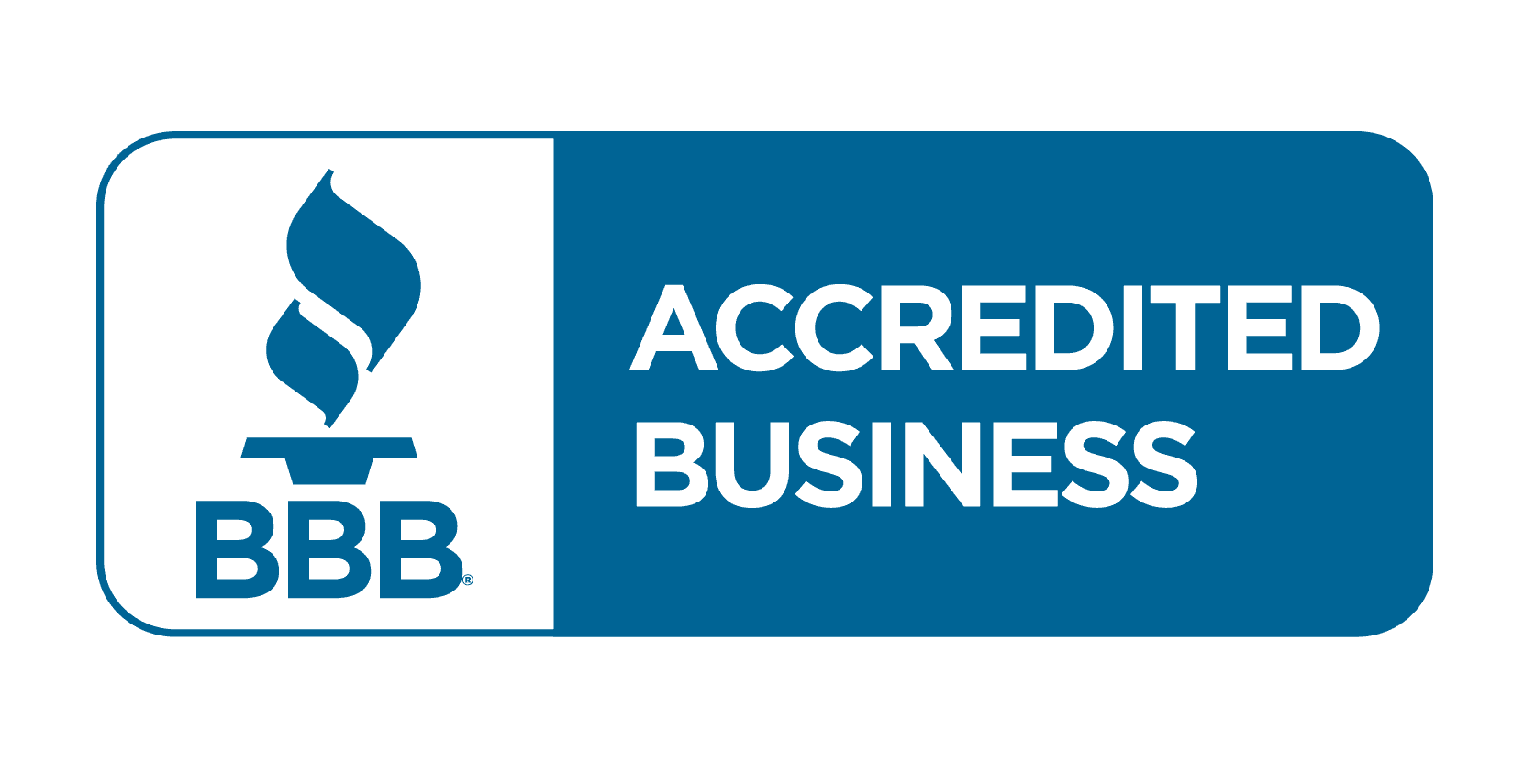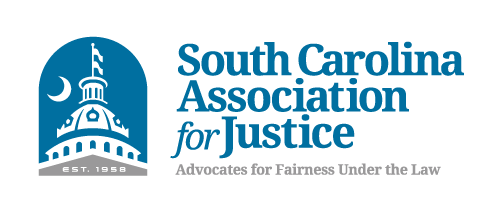Following an accident, one of the most critical—and often most contested—elements in a personal injury claim is the issue of liability. Determining who was responsible, and to what extent, not only influences whether an injured individual can recover compensation but also dictates how much compensation may ultimately be awarded.
South Carolina, like many states, does not operate under a system where liability is absolute. Instead, South Carolina follows modified comparative negligence to determine liability, which allows for shared fault among the parties involved.
In this guide, our South Carolina personal injury lawyers will explore the legal foundation of comparative negligence in South Carolina, the role of evidence in determining liability, how fault percentages influence compensation, the importance of early legal intervention, and the steps injured individuals should take following an accident to protect their claim.
What Is Comparative Negligence In South Carolina?
Under South Carolina law, you may still be eligible to recover damages even if you were partially responsible for the accident. However, this right comes with a significant limitation: if you are found to be 51% or more at fault, you are barred from recovering any compensation.
This rule, outlined in South Carolina Code § 15–38–15, shapes how personal injury cases are argued, settled, and litigated across the state.
The Importance of Legal Representation in Comparative Negligence Cases
In cases involving shared fault, experienced legal representation is not simply beneficial—it is often essential. Personal injury claims governed by comparative negligence are inherently adversarial. Insurance companies, claims adjusters, and defense attorneys are well-versed in how fault percentages affect claim outcomes.
Their primary goal is to minimize liability for their client, which they attempt to accomplish by shifting blame onto the injured party whenever possible.
For example, even if the facts of the case indicate the other party was clearly negligent, the opposing side may argue that your actions—whether it was distracted driving, jaywalking, or failing to follow posted signs—contributed significantly to the accident.
They may then attempt to convince a jury or insurance adjuster that your share of the fault crosses the 51% threshold, thereby eliminating their client’s financial responsibility entirely.
How A Personal Injury Lawyer Can Help
An experienced personal injury attorney provides critical protection in these situations. A legal team will evaluate every detail of the incident, collect and preserve key evidence, identify weaknesses in the opposing argument, and consult with expert witnesses when needed to accurately reconstruct the circumstances of the accident.
Legal counsel also ensures that no statements or documentation are used out of context to unfairly increase your share of liability.
Without knowledgeable legal representation, injured individuals may find themselves at a significant disadvantage during the negotiation and litigation process, particularly in complex cases where multiple parties are involved or liability is unclear.
How Liability Is Determined Under South Carolina Law
South Carolina’s comparative negligence framework for determining liability requires a thorough assessment of each party’s conduct leading up to the accident. Liability is not determined in absolute terms; rather, each party involved is assigned a percentage of fault based on the available evidence.
These fault percentages are typically determined through investigations conducted by law enforcement, insurance adjusters, legal representatives, and, when necessary, through jury deliberation.
Evidence plays a pivotal role in this process. The most common types of evidence used to establish fault include:
- Police and accident reports
- Photographs and video recordings from the scene
- Eyewitness statements
- Surveillance or dash camera footage
- Medical records documenting injuries
- Expert testimony, particularly from accident reconstruction specialists or engineers
To illustrate how this process works, consider a traffic collision at an intersection. One driver proceeds through a red light, while the other is traveling slightly above the speed limit.
After reviewing the accident report, traffic camera footage, and other relevant data, it is determined that the driver who ran the red light was primarily responsible for the crash. However, the speeding of the second driver is also found to have contributed to the severity of the collision.
In this scenario, the party who ran the red light might be assigned 70% of the fault, while the speeding driver may be assigned 30%. If the speeding driver is seeking $100,000 in damages, they would be eligible to recover $70,000 after a 30% reduction for their share of the blame.
This case highlights the central principle of comparative negligence: liability does not have to be all–or–nothing. Each party’s conduct is weighed against the other’s, and compensation is adjusted accordingly.
However, once a claimant’s percentage of fault reaches 51% or higher, recovery is legally prohibited under South Carolina’s modified rule.
Why Establishing Fault Early is Essential
Time is a critical factor in any personal injury claim, especially in comparative negligence cases. The earlier a legal team is involved, the more effective they can be in preserving key evidence, interviewing witnesses, and identifying the factors that may be used to either support or challenge a claim of fault.
Delays in the investigation can result in lost or deteriorated evidence. Skid marks fade, surveillance footage is overwritten, and witness memories become less reliable over time. Additionally, if you speak with an insurance company without legal representation, your statements—even if well-intentioned—may be used against you to increase your perceived share of liability.
Fault determination is often the starting point for all negotiations between the parties. If fault is established in a way that clearly favors one party, it can lead to early settlement discussions. Conversely, if the fault is disputed or inadequately supported, the opposing party may be emboldened to offer lower settlements or deny claims entirely, hoping to avoid liability altogether.
An attorney’s early involvement ensures that your version of events is documented accurately and that fault is assigned based on a complete and objective review of the facts—not assumptions or speculation.
The Direct Impact of Shared Fault on Compensation
The relationship between fault and compensation is direct and unavoidable in comparative negligence claims. For every percentage of fault assigned to the injured party, their financial recovery is reduced by an equivalent amount. This includes compensation for both economic damages—such as medical bills, property damage, and lost wages—and non-economic damages like pain and suffering or loss of enjoyment of life.
This system makes even small percentages of fault financially significant. A 10% reduction on a $200,000 claim results in a $20,000 loss in compensation. A 40% reduction on the same claim results in an $80,000 loss. The financial impact escalates with the severity of the injuries and the size of the claim.
Furthermore, if your fault exceeds 50%, the law prevents you from recovering anything at all, regardless of how serious your injuries may be or how negligent the other party was. This legal threshold can have life-altering implications for injured individuals, particularly in cases involving long-term disability or significant medical costs.
Insurance companies are acutely aware of this rule. As such, they often focus their efforts on identifying any behavior on your part—no matter how minor—that could shift fault just beyond the 50% mark. Having skilled legal representation is essential in countering these efforts and ensuring that any shared fault is fairly assessed and accurately argued.
Key Steps to Take After an Accident
What you do—or do not do—immediately after an accident can significantly affect the outcome of your claim. Because fault is central to any personal injury case in South Carolina, it is important to act with caution and foresight to protect your legal interests.
Seek Medical Attention Immediately.
Even if you do not believe your injuries are serious, having your condition documented by a medical professional is critical. Medical records serve as a key piece of evidence linking your injuries to the accident and establishing their severity.
Document The Scene.
Take photographs of all vehicles involved, roadway conditions, weather, visible injuries, and any traffic signals or signage. Visual documentation can play a decisive role in establishing how the accident occurred and who was at fault.
Obtain Contact Information For Any Witnesses
Independent accounts from bystanders can provide clarity in disputed liability cases and may be used to corroborate your version of events.
Avoid Making Statements That Could Be Interpreted As Admitting Fault,
These include apologies. Even seemingly harmless remarks can later be used by insurers or defense attorneys to suggest you bear responsibility.
Do Not Provide A Statement To The Insurance Company
Finally, do not provide a recorded or written statement to any insurance company before consulting with legal counsel. Insurance adjusters are trained to ask questions that may elicit responses that limit or undermine your claim. Legal counsel can manage communications with insurers to ensure your rights are protected from the outset.
Contact Auger & Auger for Legal Guidance
If you have been injured in an accident and believe another party may be at fault—even in part—it is critical to understand how South Carolina’s comparative negligence laws may affect your case.
You may still be entitled to significant compensation, but only if your level of responsibility is carefully assessed and presented through a well-supported legal strategy.
At Auger & Auger, we have over three decades of experience representing injured individuals throughout South Carolina. Our firm understands the legal nuances of comparative negligence and the tactics insurance companies use to avoid paying valid claims.
We are committed to building strong, evidence-based cases that protect our clients and secure the financial recovery they deserve. With our A&A Zero Fee Guarantee, clients do not pay any legal fees unless we win.
To schedule a confidential, no-obligation consultation, contact us today. The sooner you speak with an attorney, the better your chances of achieving a favorable outcome.



